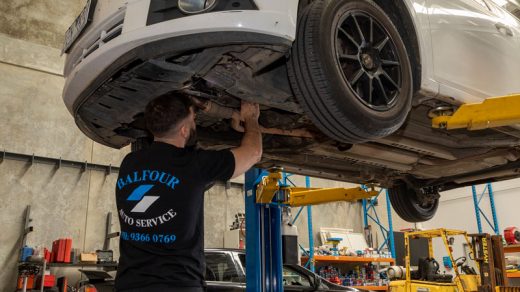Keeping a healthy and safe learning climate is urgent for understudies’ scholastic achievement and, generally, prosperity. However, pest pervasions in schools can disturb learning, present wellbeing risks, and establish an unsanitary climate. Integrated Pest Management (IPM) offers a complete and earth-dependable way to deal with pest control that enhances school environments visit here https://safepestcontrol.net.au/commercial-pest-control/schools-education/ and advances a better learning space. How IPM enhances school environments and contributes to creating healthy learning spaces.
- Counteraction: One of the core standards of IPM is avoidance. By tending to conditions that draw in pests and executing proactive measures to stop pervasions, IPM forestalls pest issues before they happen. Schools can limit pest access to structures by fixing breaks and holes, keeping up with neatness, and disposing of food and water sources.
- Ecological Obligation: IPM focuses on naturally dependable pest control practices that limit the utilization of synthetic pesticides and diminish their natural effects. Rather than depending exclusively on substance medicines, IPM coordinates an assortment of control techniques, including disinfection, environmental change, and organic control, to successfully oversee pest populations.
- Wellbeing and Security: Safeguarding understudies’ wellbeing and security is vital in school environments. Customary pest control strategies that include the aimless utilization of compound pesticides can present dangers to understudies, instructors, and staff. Conversely, IPM centers around utilizing the most unharmful strategies, such as turning to synthetic medicines when essential.
- Integrated Approach: IPM adopts a comprehensive strategy for pest control that considers the whole environment inside and around school structures. Pest management experts survey the particular requirements and difficulties of each school climate and create revised IPM plans custom-made to address those necessities.
- Instructive Open Doors: Executing IPM in schools gives significant instructive open doors to understudies and staff. By learning about pest science, nature, and integrated pest management rehearsals, understudies gain a more profound comprehension of ecological stewardship and the significance of reasonable pest control.
Integrated pest management enhances school environments https://safepestcontrol.net.au/commercial-pest-control/schools-education/by advancing counteraction, ecological obligation, wellbeing, security, and an integrated way to deal with pest control. By executing IPM systems, schools create better learning spaces that help understudies’ scholarly achievement and prosperity while limiting natural effects and advancing supportability. Focusing on IPM in school environments is a proactive move toward encouraging a culture of natural stewardship and making a better future for a long time into the future.





